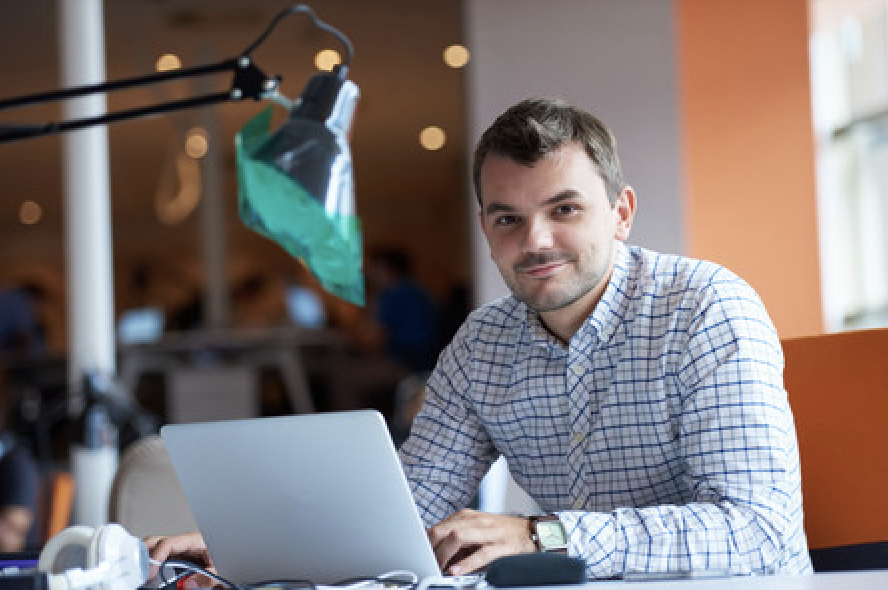【SAT写作素材】人物经典事例:巴斯德
北京sat培训,sat备考资料,sat网课,sat培训机构,sat保分班,sat真题
下面为大家介绍的是一篇关于著名化学家巴斯德的SAT写作经典例子,这篇SAT写作例子详细的介绍了这位伟大的化学家的生平以及他在化学方面的成就等。大家可以在很多SAT写作话题中应用到这个例子,一起来看看详细内容吧。
Pasteur
Louis Pasteur was born on December 27, 1822 in Dole, in the region of Jura,
France. His discovery that most infectious diseases are caused by germs, known
as the "germ theory of disease", is one of the most important in medical
history. His work became the foundation for the science of microbiology, and a
cornerstone of modern medicine.
Pasteur's phenomenal contributions to microbiology and medicine can be
summarized as follows. First, he championed changes in hospital practices to
minimize the spread of disease by microbes. Second, he discovered that weakened
forms of a microbe could be used as an immunization against more virulent forms
of the microbe. Third, Pasteur found that rabies was transmitted by agents so
small they could not be seen under a microscope, thus revealing the world of
viruses. As a result he developed techniques to vaccinate dogs against rabies,
and to treat humans bitten by rabid dogs. And fourth, Pasteur developed
"pasteurization", a process by which harmful microbes in perishable food
products are destroyed using heat, without destroying the food.
His Works
Each discovery in the body of Pasteur's work represents a link in an
uninterrupted chain, beginning with molecular asymmetry and ending with his
rabies prophylaxis, by way of his research in fermentation, silkworm, wine and
beer diseases, asepsis and vaccines.
From Crystallography to Molecular Asymmetry
In 1847 at the age of 26, Pasteur did his first work on molecular asymmetry,
bringing together the principles of crystallography, chemistry and optics. He
formulated a fundamental law: asymmetry differentiates the organic world from
the mineral world. In other words, asymmetric molecules are always the product
of life forces. His work became the basis of a new science
--stereochemistry.
Research on Fermentation and Spontaneous Generation
At the request of a distiller named Bigo from the north of France, Pasteur
began to examine why alcohol becomes contaminated with undesirable substances
during fermentation. He soon demonstrated that each sort of fermentation is
linked to the existence of a specific microorganism or ferment -- a living being
that one can study by cultivation in an appropriate, sterile medium. This
insight is the basis of microbiology.
Pasteur delivered the fatal blow to the doctrine of spontaneous generation,
the theory held for 20 centuries that life could arise spontaneously in organic
materials. He also developed a germ theory. At the same time, he discovered the
existence of life without oxygen:
"Fermentation is the consequence of life without air". The discovery of
anaerobic life paved the way for the study of germs that cause septicemia and

gangrene, among other infections. Thanks to Pasteur, it became possible to
devise techniques to kill microbes and to control contamination.
Technique of "Pasteurization"
Emperor Napoleon III asked Pasteur to investigate the diseases afflicting
wine which were causing considerable economic losses to the wine industry.
Pasteur went to a vineyard in Arbois in 1864 to study this problem. He
demonstrated that wine diseases are caused by microorganisms that can be killed
by heating the wine to 55deg.C for several minutes. Applied to beer and milk,
this process, called "pasteurization", soon came into use throughout the
world.
Research on Infectious Diseases Afflicting Man and Animal
In 1865, Pasteur began to study the silkworm diseases that were crippling the
silk industry in France. He discovered the infectious agents and revealed the
manner in which these agents are transmitted--by contagion and hereditary
principle -- and how to prevent them. Elaborating on his study of fermentation,
he could now confirm that each disease is caused by a specific microbe and that
these microbes are foreign elements. With this knowledge, Pasteur was able to
establish the basic rules of sterilization or asepsis. Preventing contagion and
infection, his method of sterilization revolutionized surgery and
obstetrics.
From 1877 to 1887, Pasteur employed these fundamentals of microbiology in the
battle against infectious diseases. He went on to discover three bacteria
responsible for human illnesses : staphylococcus, streptococcus and
pneumococcus.
Treatment and Prevention of Rabies
Louis Pasteur discovered the method for the attenuation of virulent
microorganisms that is the basis of vaccination. He developed vaccines against
chicken cholera, anthrax and swine erysipelas. After mastering his method of
vaccination, he applied this concept to rabies. On July 6, 1885, Pasteur tested
his pioneering rabies treatment on man for the first time : the young Joseph
Meister was saved.
The Creation of the Pasteur Institute
On March 1, 1886, Pasteur presented the results of his rabies treatment to
the Academy of Sciences and called for the creation of a rabies vaccine center.
An extensive, international public drive for funds financed the construction of
the Pasteur Institute, a private, state-approved institute recognized by the
President of France, Jules Grévy, in 1887 and inaugurated by his successor Sadi
Carnot in 1888. In accordance with Pasteur's wishes, the Institute was founded
as a clinic for rabies treatment, a research center for infectious disease and a
teaching center.
The 66-year-old scientist went on to dedicate the last seven years of his
life to the Institute that still bears his name. During this period, Pasteur
also came to know the joys of fame and was honored throughout the world with
prestigious decorations.
His work was continued and amplified throughout the world by his disciples,
the Pasteuriens.
A Man of Freedom and Rigor
Pasteur's work is not simply the sum of his discoveries. It also represents
the revolution of scientific methodology. Pasteur superimposed two indisputable
rules of modern research: the freedom of creative imagination necessarily
subjected to rigorous experimentation. He would teach his disciples :
"Do not put forward anything that you cannot prove by experimentation"
Louis Pasteur was a humanist, always working towards the improvement of the
human condition. He was a free man who never hesitated to take issue with the
prevailing yet false ideas of his time.
He ascribed particular importance to the spread of knowledge and the
applications of research.
In the scientist's lifetime, Pasteurien theory and method were put into use
well beyond the borders of France.
Fully aware of the international importance of his work, Pasteur's disciples
dispersed themselves wherever their assistance was needed. In 1891, the first
Foreign Institut Pasteur was founded in Saigon (today Ho Chi Minh City, Vietnam)
launching what was to become a vast international network of Instituts
Pasteur.
Because he changed the world forever, his homeland and the world have long
considered him a benefactor of humanity.
路易斯·巴斯德(公元1822-1895年),法国微生物学家、化学家。他研究了微生物的类型、习性、营养、繁殖、作用等,奠定了工业微生物学和医学微生物学的基础,并开创了微生物生理学。循此前进,在战胜狂犬病、鸡霍乱、炭疽病、蚕病等方面都取得了成果。英国医生李斯特并据此解决了创口感染问题。从此,整个医学迈进了细菌学时代,得到了空前的发展。美国学者麦克·哈特所著的《影响人类历史进程的100名人排行榜》中,巴斯德名列第11位,可见其在人类历史上巨大的影响力。其发明的巴氏消毒法直至现在仍被应用。

免费1对1规划学习方法


斯坦福大学毕业